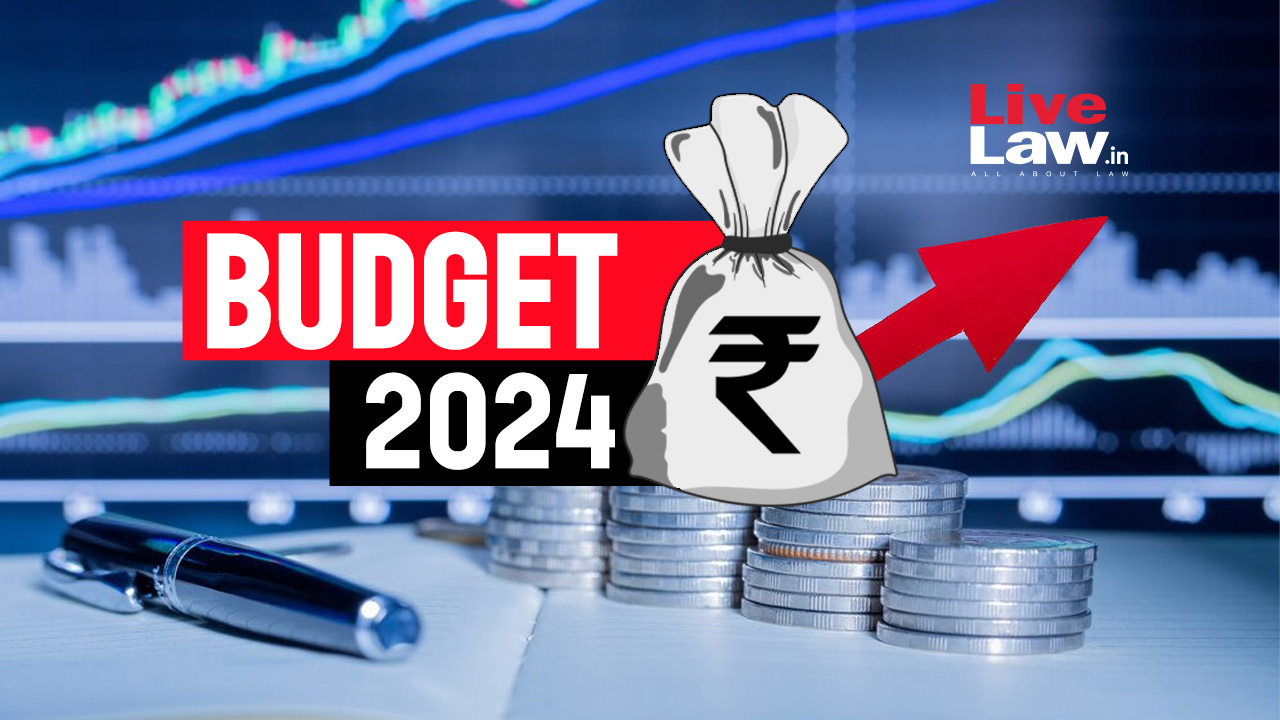
India Budget 2024: A Comprehensive Analysis
Introduction
The India Budget for the year 2024 holds immense significance as it outlines the financial roadmap for the nation. It reflects the government’s priorities, policies, and plans to drive economic growth, foster social development, and address various challenges faced by the country.
Key Objectives
The primary objectives of the India Budget 2024 are to stimulate economic growth, enhance social welfare, and promote inclusive development. It aims to achieve these goals through prudent fiscal measures and strategic allocation of resources.
Allocation of Funds: Priorities and Focus Areas
Healthcare
In line with the ongoing global health crisis, a significant portion of the budget is allocated to bolstering the healthcare sector. Investments are made to improve healthcare infrastructure, ensure access to essential medical services, and strengthen disease prevention and management efforts.
Education
Education receives considerable attention in the budget, emphasizing the importance of fostering a skilled workforce and promoting quality education at all levels. Initiatives aimed at enhancing educational infrastructure, promoting digital learning, and increasing educational access for marginalized communities are prioritized.
Infrastructure
Infrastructure development remains a key focus area, with substantial investments directed towards building and upgrading transportation networks, power infrastructure, and urban amenities. These investments are crucial for driving economic activity, improving connectivity, and supporting sustainable development.
Agriculture
Recognizing the vital role of agriculture in the economy and livelihoods of millions, the budget includes measures to support farmers, enhance agricultural productivity, and promote sustainable farming practices. Investments in irrigation, technology adoption, and market linkages are emphasized to boost agricultural growth and ensure food security.
Tax Reforms and Policies
The India Budget 2024 introduces various tax reforms and policies aimed at simplifying the tax structure, promoting compliance, and encouraging investment. Measures such as rationalization of tax rates, incentives for startups, and provisions for ease of doing business are included to stimulate economic activity and attract investments.
Economic Growth Projections
The budget outlines optimistic economic growth projections based on the proposed measures and policies. It aims to achieve robust and sustainable economic growth, driven by increased investment, consumption, and exports across various sectors.
Social Welfare Programs
In line with the government’s commitment to inclusive development, the budget includes provisions for various social welfare programs aimed at empowering vulnerable sections of society. Initiatives focusing on healthcare, education, housing, and employment generation are prioritized to ensure equitable growth and social justice.
Impact on Different Sectors
The budget’s policies and allocations have a significant impact on various sectors of the economy. Industries such as healthcare, education, infrastructure, agriculture, manufacturing, and services are expected to witness growth opportunities and transformational changes based on the budgetary provisions.
Critiques and Controversies
Despite its positive intentions, the India Budget 2024 faces critiques and controversies from various quarters. Some stakeholders express concerns over the adequacy of allocations, implementation challenges, and the impact of certain policies on different segments of society. These debates highlight the complexities and trade-offs involved in budgetary decision-making.
Conclusion
In conclusion, the India Budget 2024 reflects the government’s commitment to addressing the nation’s socio-economic challenges and driving inclusive growth. Through strategic allocations, policy reforms, and targeted interventions, it aims to pave the way for a resilient and prosperous future for India.


